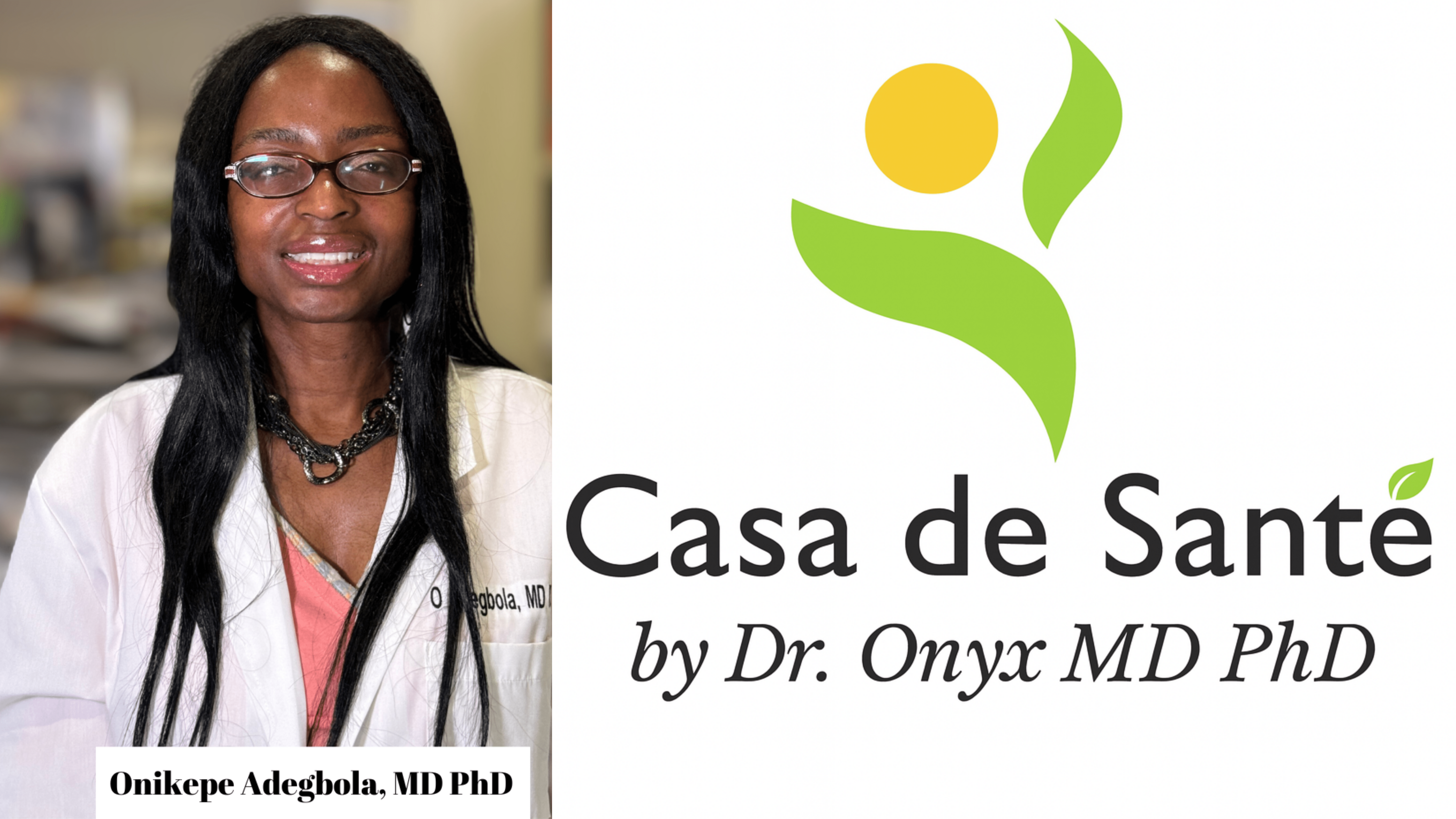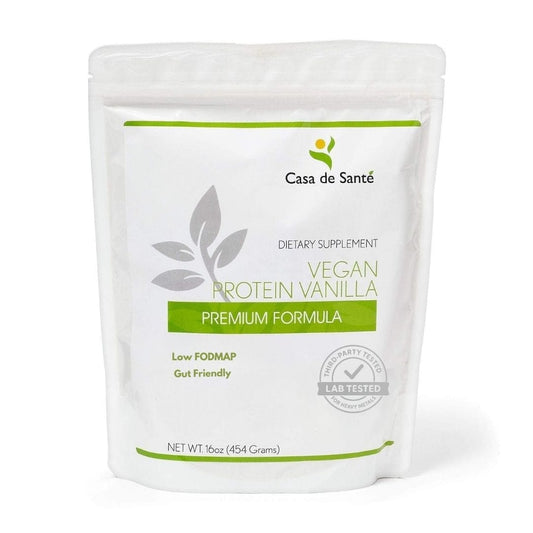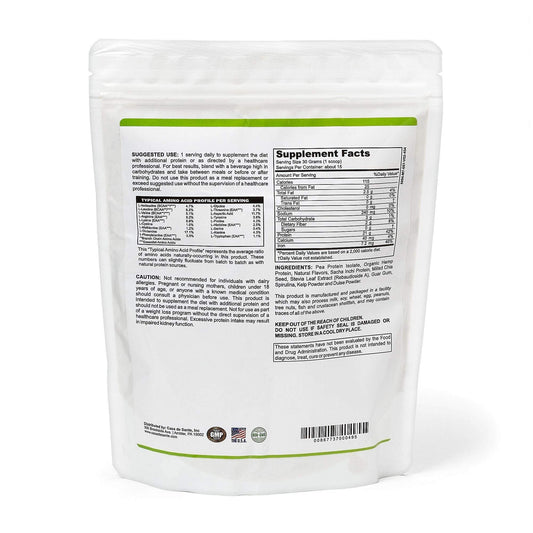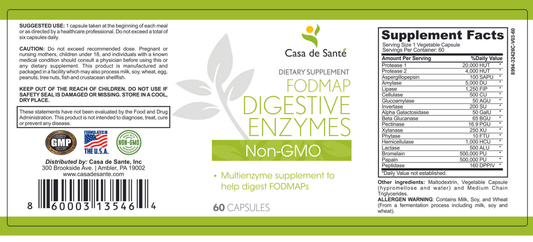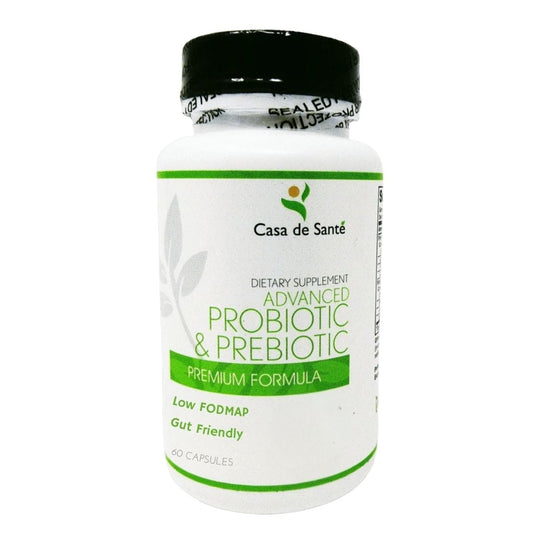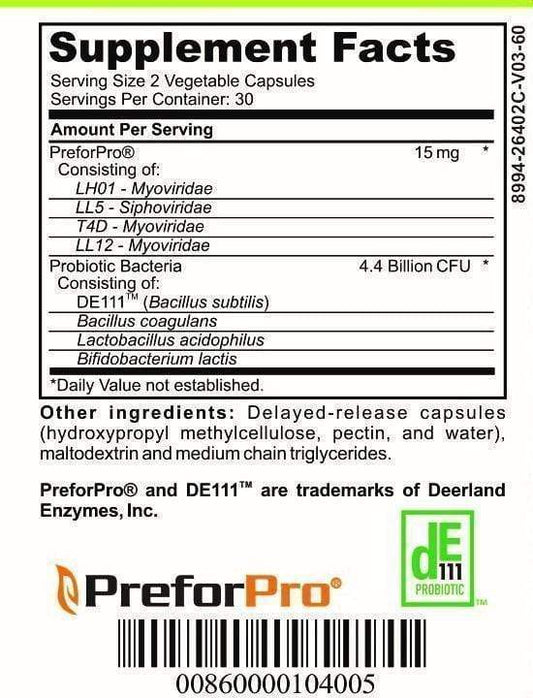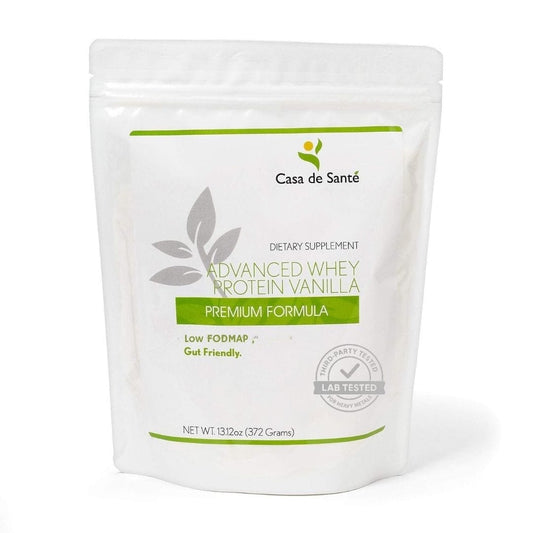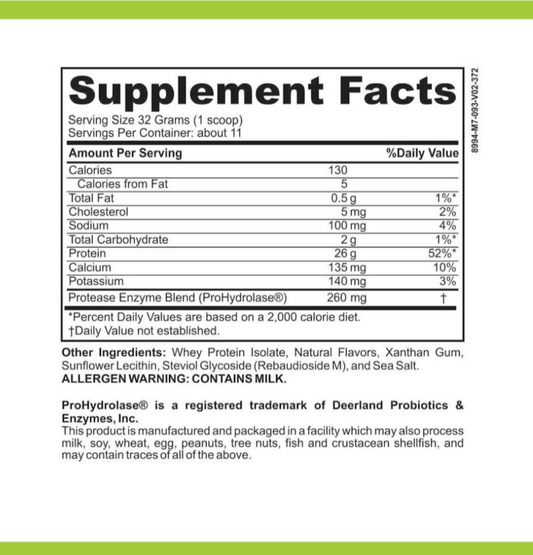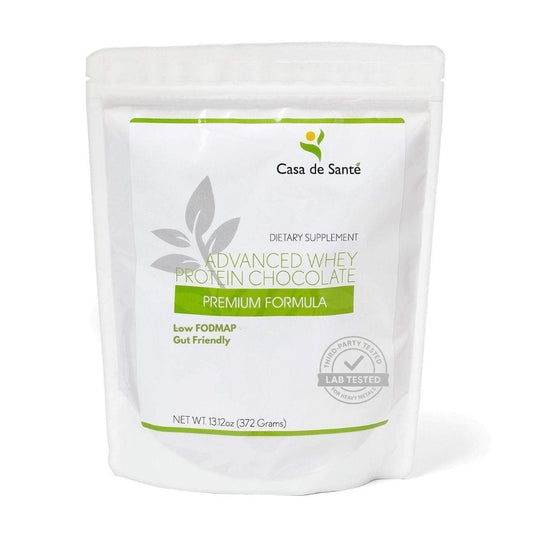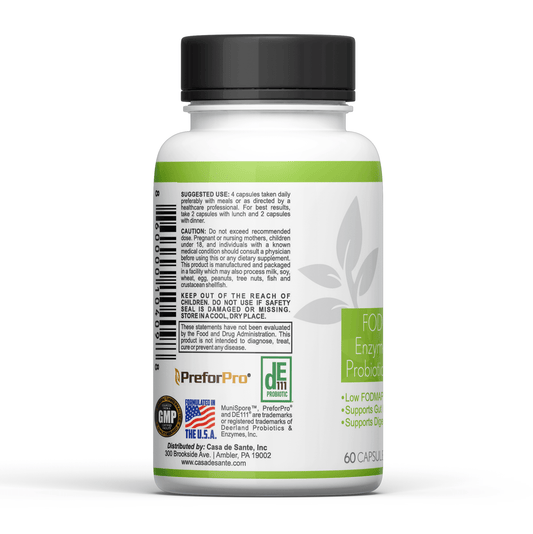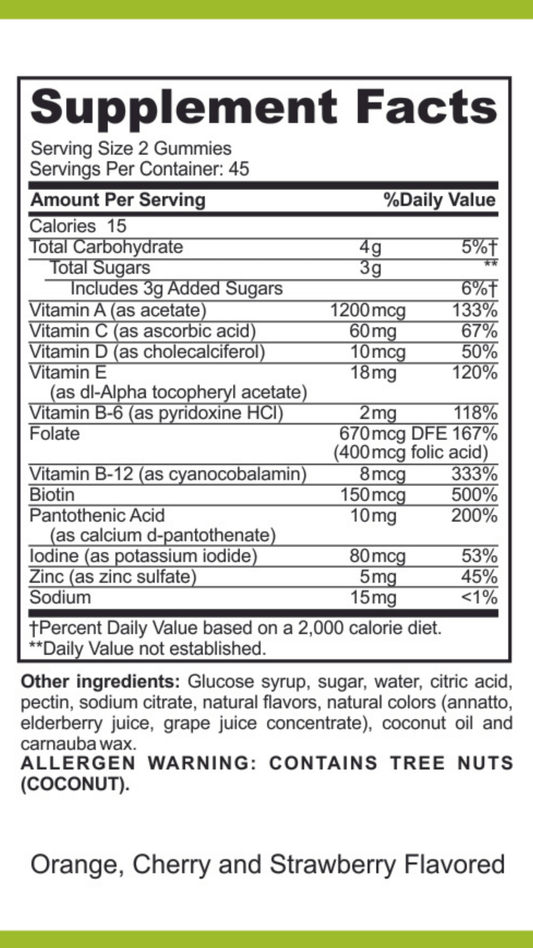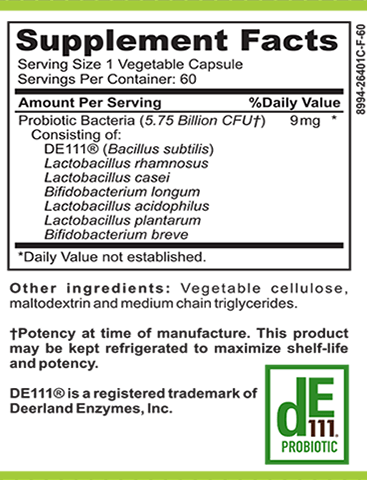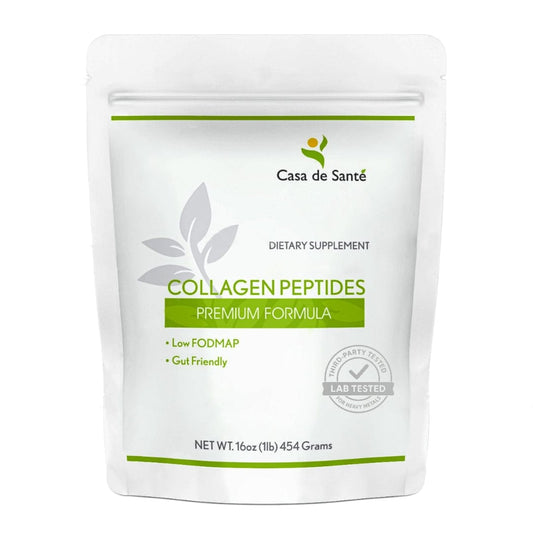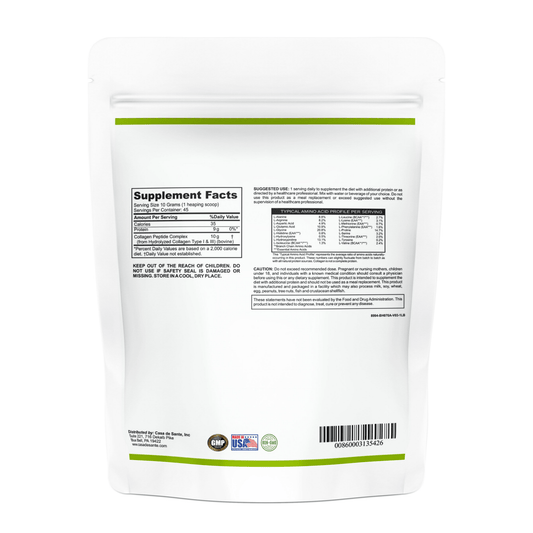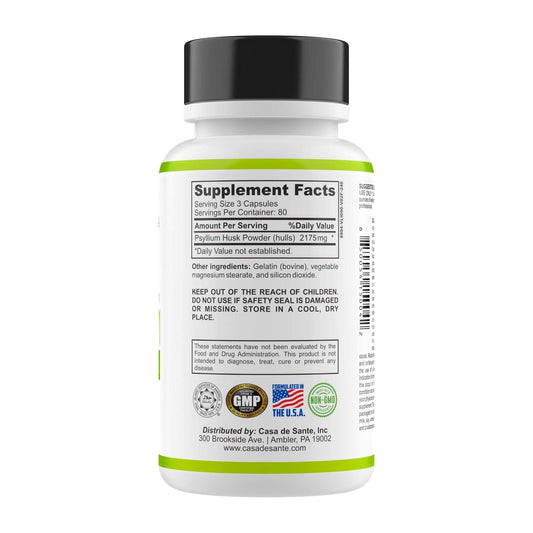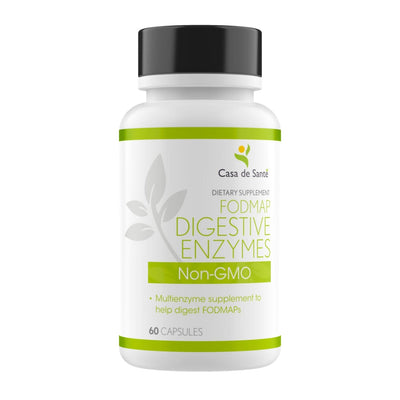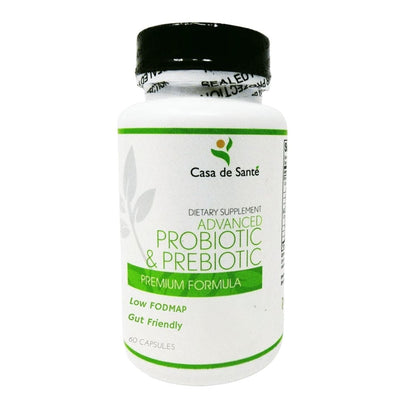What FODMAPs Are in Broccoli: A Comprehensive Guide
What FODMAPs Are in Broccoli: A Comprehensive Guide
Broccoli is a nutritional powerhouse, packed with vitamins, minerals, and fiber. However, for those following a low-FODMAP diet to manage irritable bowel syndrome (IBS) or other digestive disorders, understanding the FODMAP content of broccoli is crucial. This vegetable has a complex relationship with FODMAPs, as different portions contain varying levels of these fermentable carbohydrates. In this comprehensive guide, we'll explore exactly what FODMAPs are present in broccoli, how portion sizes affect FODMAP content, and practical tips for incorporating this nutritious vegetable into a low-FODMAP diet.
Understanding FODMAPs and Their Impact on Digestion
FODMAPs (Fermentable Oligosaccharides, Disaccharides, Monosaccharides, and Polyols) are types of carbohydrates that can be poorly absorbed in the small intestine. When these carbohydrates reach the large intestine, they're fermented by gut bacteria, potentially causing symptoms like bloating, gas, abdominal pain, and altered bowel habits in sensitive individuals.
The low-FODMAP diet, developed by researchers at Monash University in Australia, has become a first-line dietary approach for managing IBS symptoms. This diet involves temporarily reducing high-FODMAP foods and then systematically reintroducing them to identify personal triggers. Understanding which FODMAPs are present in specific foods like broccoli is essential for successfully implementing this dietary approach.
The Five FODMAP Categories
Before diving into broccoli specifically, it's helpful to understand the five main categories of FODMAPs:
Oligosaccharides: These include fructans (found in wheat, onions, and garlic) and galacto-oligosaccharides (GOS, found in legumes). Humans lack enzymes to break down oligosaccharides, so they're fermented by gut bacteria.
Disaccharides: The main concern here is lactose, found in dairy products. Many adults have reduced levels of lactase, the enzyme needed to digest lactose.
Monosaccharides: Excess fructose is the primary concern in this category. When fructose is consumed in greater amounts than glucose, it may be poorly absorbed.
Polyols: These sugar alcohols (like sorbitol and mannitol) are found naturally in some fruits and vegetables and are also used as artificial sweeteners. They're absorbed slowly and incompletely in the small intestine.
Broccoli's FODMAP Profile
Broccoli contains several types of FODMAPs, but their concentration varies significantly depending on which part of the vegetable you eat and how much you consume. According to Monash University's testing, broccoli contains fructans (an oligosaccharide) and mannitol (a polyol).
The FODMAP content is not distributed evenly throughout the broccoli plant. The florets (the bushy, tree-like tops) contain higher levels of FODMAPs than the stalks. This means that different portions of broccoli have different FODMAP ratings, making it a somewhat complex vegetable to categorize on a low-FODMAP diet.
FODMAP Content in Broccoli Florets
Broccoli florets contain moderate to high levels of FODMAPs, particularly fructans and mannitol. According to Monash University's testing, a serving of 1/2 cup (45-47g) of broccoli florets is considered low in FODMAPs and should be tolerable for most people with IBS. However, larger portions of florets (3/4 cup or more) become high in FODMAPs and may trigger symptoms in sensitive individuals.
The florets are the most nutritionally dense part of broccoli, containing higher concentrations of vitamins C and K, folate, and antioxidants compared to the stalks. This creates a nutritional trade-off for those on a low-FODMAP diet who may need to limit their intake of this nutritious part of the vegetable.
FODMAP Content in Broccoli Stalks
The stalks or stems of broccoli contain significantly fewer FODMAPs than the florets. Monash University testing indicates that broccoli stalks remain low in FODMAPs even at larger serving sizes. This makes the stalks a safer option for those who are particularly sensitive to FODMAPs but still want to enjoy the nutritional benefits of broccoli.
While stalks are often discarded during cooking, they're actually quite nutritious and versatile. They contain fiber, vitamin C, and potassium. When peeled and sliced thinly, they can be added to stir-fries, soups, or even eaten raw in salads or with dips.
Broccoli Heads (Combined Florets and Stalks)
When consuming whole broccoli heads (a combination of florets and stalks), the FODMAP content falls somewhere in between. According to Monash University, a serving of 3/4 cup (75g) of broccoli heads is considered low in FODMAPs. This is larger than the safe serving for florets alone, reflecting the dilution effect of the lower-FODMAP stalks.
This information is particularly useful for practical cooking situations, where you might be preparing whole broccoli rather than separating the parts. Understanding these portion guidelines can help you enjoy broccoli while minimizing potential digestive discomfort.
How Cooking Affects FODMAPs in Broccoli
The way you prepare broccoli can influence its FODMAP content and digestibility. While cooking doesn't significantly reduce the actual FODMAP content of broccoli, it can affect how these compounds interact with your digestive system.
Cooking breaks down some of the fiber in broccoli, potentially making it easier to digest for some people. However, the FODMAPs themselves are water-soluble and heat-stable, meaning they don't break down or disappear during normal cooking processes.
Steaming vs. Boiling vs. Roasting
Different cooking methods have varying effects on broccoli's nutritional profile and potentially its digestibility. Steaming broccoli is generally considered the best method for preserving nutrients while softening the fibrous structure. A light steam for 3-5 minutes is usually sufficient to make broccoli more digestible while maintaining its nutritional value.
Boiling broccoli may leach some water-soluble nutrients (including some FODMAPs) into the cooking water. While this might slightly reduce FODMAP content, it also reduces beneficial nutrients. If you choose to boil broccoli, consider using the nutrient-rich cooking water in soups or sauces if tolerated.
Roasting broccoli caramelizes natural sugars and creates delicious flavor, but doesn't significantly alter FODMAP content. The dry heat concentrates flavors and may make larger servings more potent, so stick to recommended portion sizes if you're sensitive.
Incorporating Broccoli into a Low-FODMAP Diet
Despite containing some FODMAPs, broccoli can absolutely be part of a low-FODMAP diet when consumed in appropriate portions. The key is understanding serving sizes and your personal tolerance levels.
During the elimination phase of the low-FODMAP diet (typically lasting 2-6 weeks), it's recommended to stick to the Monash University guidelines: 1/2 cup of florets, larger portions of stalks, or 3/4 cup of whole broccoli heads. During the reintroduction phase, you can test your tolerance to larger portions or different parts of broccoli.
Practical Tips for Enjoying Broccoli on a Low-FODMAP Diet
If you love broccoli but are sensitive to FODMAPs, try these practical approaches to incorporating it into your diet:
Focus on stalks: Since broccoli stalks are lower in FODMAPs, you can enjoy larger portions of them. Peel the tough outer layer, then slice, dice, or spiralize the stalks for use in various dishes.
Measure portions carefully: Use measuring cups to ensure you're staying within low-FODMAP serving guidelines, especially for the florets.
Combine with low-FODMAP foods: Pair smaller amounts of broccoli with other low-FODMAP vegetables to create nutritionally diverse meals without exceeding FODMAP thresholds.
Low-FODMAP Broccoli Recipe Ideas
Here are some delicious ways to enjoy broccoli while maintaining a low-FODMAP diet:
Simple Garlic-Infused Oil Broccoli: Steam broccoli stalks and a small portion of florets, then toss with garlic-infused oil (the oil is low-FODMAP as FODMAPs don't dissolve in oil), salt, and pepper for a simple side dish.
Broccoli Stalk "Rice": Process peeled broccoli stalks in a food processor until they resemble rice grains. Sauté in olive oil with low-FODMAP seasonings for a nutritious grain alternative.
Low-FODMAP Broccoli Soup: Simmer broccoli stalks with low-FODMAP vegetables like carrots and potatoes in chicken stock, then blend with lactose-free milk for a creamy soup.
Nutritional Benefits of Broccoli Beyond FODMAPs
While managing FODMAPs is important for symptom control, it's equally important to recognize the exceptional nutritional value broccoli offers. This vegetable is a nutritional powerhouse that provides numerous health benefits, which makes finding ways to include it in your diet worthwhile.
Broccoli is rich in vitamin C (more than oranges by weight), vitamin K, folate, potassium, and fiber. It also contains powerful plant compounds like sulforaphane, which has been studied for its potential anti-cancer properties, and indole-3-carbinol, which may help balance hormones.
Broccoli's Role in Gut Health
Interestingly, while FODMAPs in broccoli can cause digestive distress in sensitive individuals, broccoli also contains compounds that support gut health in the long term. The fiber in broccoli feeds beneficial gut bacteria, potentially improving the gut microbiome over time.
Some research suggests that regularly consuming cruciferous vegetables like broccoli may actually help improve gut health and potentially reduce sensitivity to FODMAPs over time. This highlights the importance of working with a healthcare provider to eventually reintroduce nutritious foods like broccoli rather than avoiding them indefinitely.
Conclusion
Broccoli contains varying levels of FODMAPs, primarily fructans and mannitol, with higher concentrations in the florets than the stalks. While this means portion control is necessary for those following a low-FODMAP diet, it doesn't mean broccoli needs to be avoided entirely. By understanding which parts of broccoli contain more FODMAPs and adhering to appropriate serving sizes, most people can still enjoy this nutritious vegetable even while managing IBS or FODMAP sensitivities.
Remember that the low-FODMAP diet is not meant to be followed strictly forever. The goal is to identify personal triggers and eventually expand your diet to include as many nutritious foods as possible. Working with a registered dietitian who specializes in digestive health can help you navigate the complexities of FODMAPs in foods like broccoli while ensuring your diet remains nutritionally complete and satisfying.
